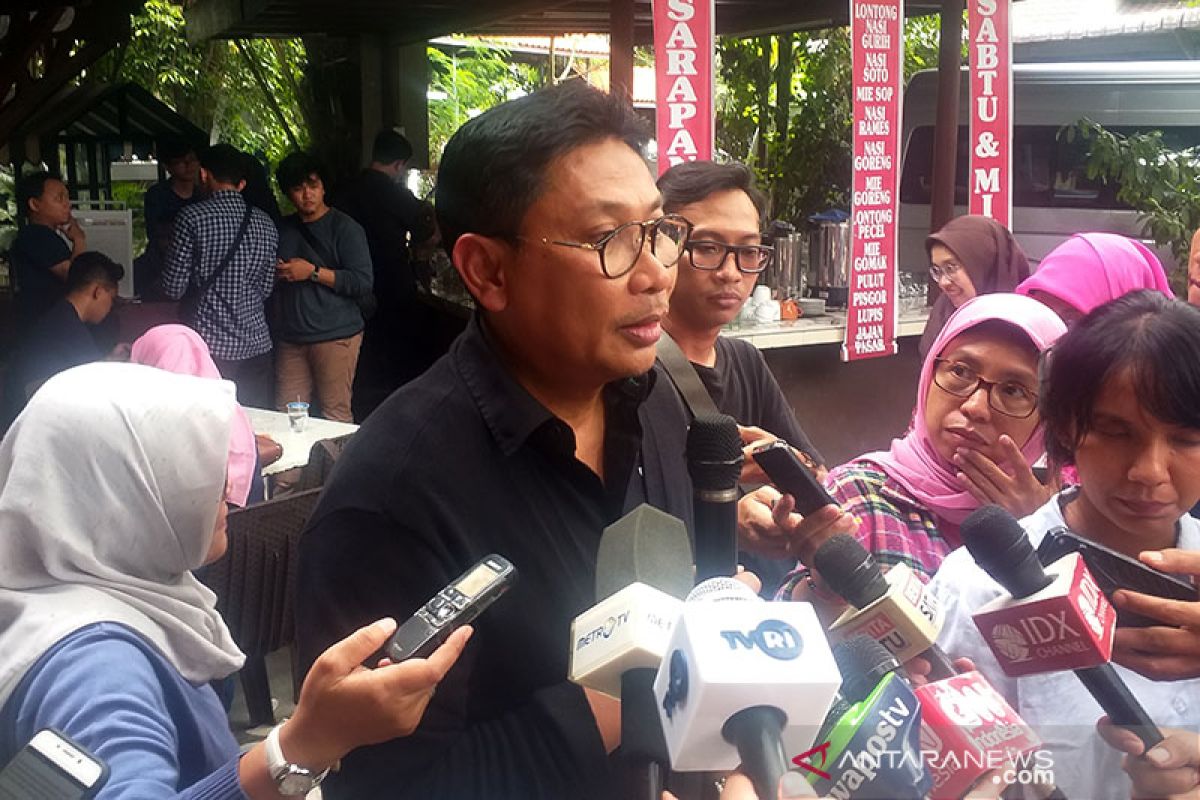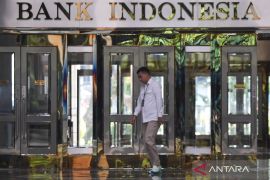"This development is driven by a decline in private foreign debt growth amid the relatively stable growth of the government’s external debt," Head of the BI Communication Department Onny Widjanarko noted in a statement in Jakarta, Tuesday.
He expounded that Indonesia's foreign debt position at the end of July 2020 was recorded at US$409.7 billion, comprising the public sector, the Government and Central Bank, $201.8 billion; and the private sector, including state-owned enterprises (BUMN) $207.9 billion.
Widjanarko remarked that the government's foreign debt position at the end of July 2020 was recorded at $199 billion, or grew 2.3 percent yoy, relatively stable as compared to the 2.1-percent yoy growth in June 2020.
"This development is owing to the withdrawal of part of the commitment of multilateral institutions and the issuance of Samurai Bonds to meet financing requirements, including for handling the COVID-19 pandemic and the National Economic Recovery Program (PEN)," he explained.
The government's external debt is managed in a measured and prudent manner to support priority spending, specifically the health services sector and social activities amounting to 23.6 percent of the total debt and the construction sector, 16.5 percent.
Furthermore, 16.4 percent for the education services sector; the financial services and insurance sector, 11.9 percent; and the government administration, defense, and compulsory social security sector, 11.8 percent.
Meanwhile, private external debt growth in July 2020 was recorded at 6.1 percent yoy, slower than the 8.3-percent yoy growth in June 2020.
"The development of foreign debt is influenced by the continued slowdown in the growth of non-financial institutions’ corporate external debt (PBLK) and the contraction of external debt of financial institutions (LK)," Widjanarko stated.
PBLK's external debt grew by 8.7 percent yoy, slowing down, from 11.5 percent yoy in the previous month. LK foreign debt also contracted by 2.2 percent yoy, although it increased slightly from the 1.9-percent yoy contraction in the previous month.
Some of the largest debt sectors, reaching 77.2 percent of the private debt, are the financial services and insurance sector, the electricity, gas, steam / hot and cold air (LGA) procurement sector, the mining and quarrying sector, and the manufacturing sector.
With this development, the structure of Indonesia's foreign debt remains healthy, supported by the application of prudential principles in its management, with the ratio to the gross domestic product reaching 38.2 percent.
"The structure of Indonesia's foreign debt remains dominated by long-term debt, with a share of 89.1 percent of the total foreign debt," Widjanarko noted.
In order to maintain a healthy foreign debt structure, BI and the government will continue to intensify coordination in monitoring debt developments, backed by the application of prudential principles in its management.
Related news: Indonesia's foreign debts reach US$408.6 billion in Q2
Related news: Indonesia's foreign debts recorded at US$410.8 billion in January 2020
EDITED BY INE
Translator: Satyagraha, Azis Kurmala
Editor: Suharto
Copyright © ANTARA 2020












